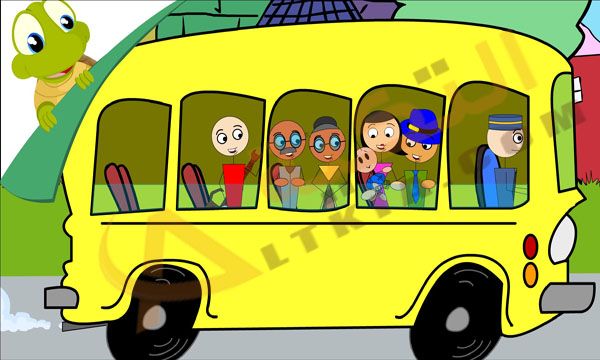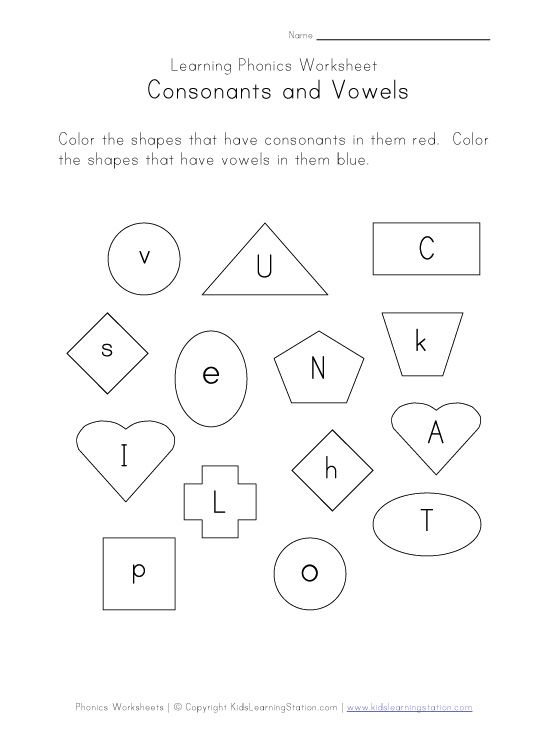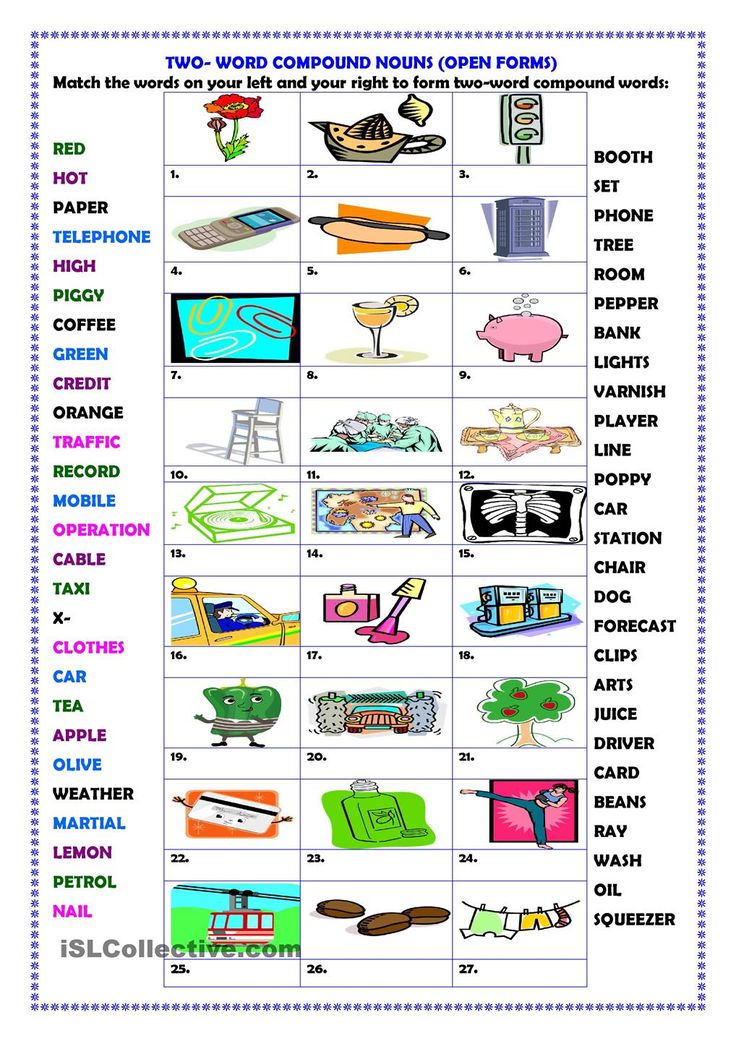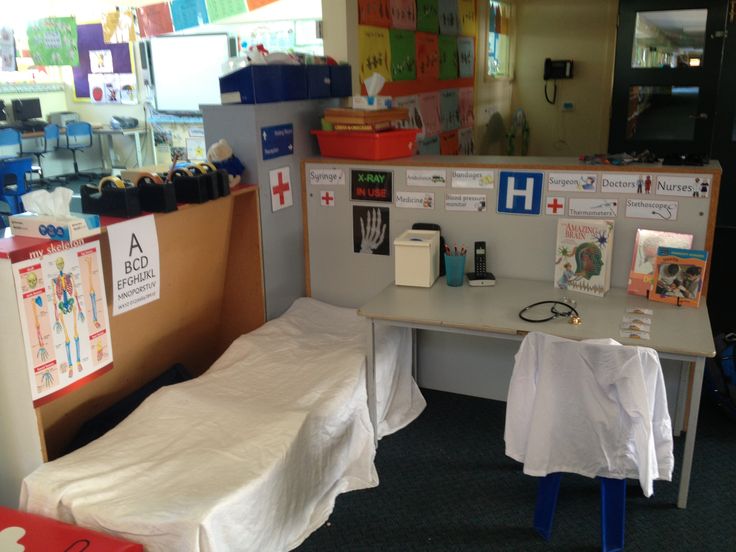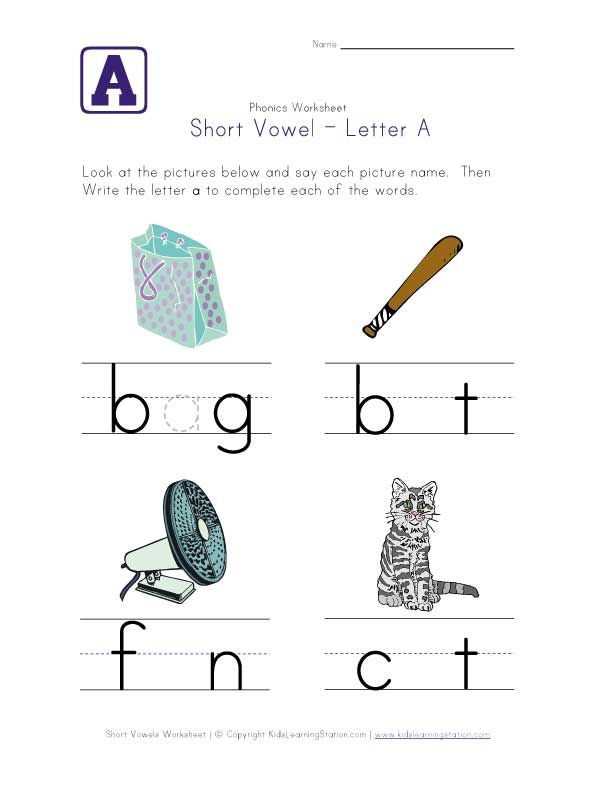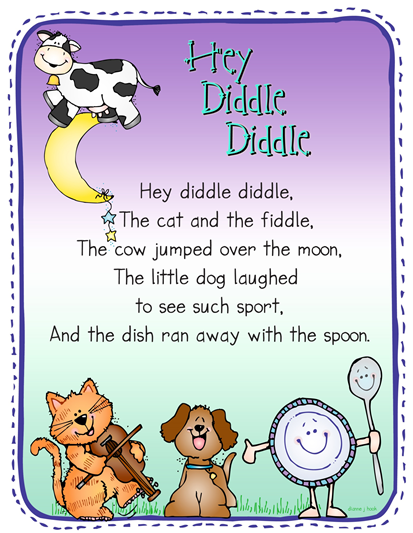Wheels on the bus go
Wheels on the Bus - Kids Environment Kids Health
Please enable JavaScript to hear the song!
Adapted by Judy and David Gershon (SOCAN)(c)1992
The wheels on the bus go round and round,
round and round,
round and round.
The wheels on the bus go round and round,
all through the town.
The wipers on the bus go Swish, swish, swish;
Swish, swish, swish;
Swish, swish, swish.
The wipers on the bus go Swish, swish, swish,
all through the town.
The horn on the bus goes Beep, beep, beep;
Beep, beep, beep;
Beep, beep, beep.
The horn on the bus goes Beep, beep, beep,
all through the town..
The money on the bus goes, Clink, clink, clink;
Clink, clink, clink;
Clink, clink, clink.
The money on the bus goes, Clink, clink, clink,
all through the town.
The Driver on the bus says "Move on back,
move on back, move on back;"
The Driver on the bus says "Move on back",
all through the town.
The baby on the bus says "Wah, wah, wah;
Wah, wah, wah;
Wah, wah, wah".
The baby on the bus says "Wah, wah, wah",
all through the town.
The mommy on the bus says "Shush, shush, shush;
Shush, shush, shush;
Shush, shush, shush."
The mommy on the bus says "Shush, shush, shush"
all through the town.
Substitute these lyrics also
The doors on the bus go open and shut.
The bell on the bus goes ding-ding-ding.
The lady on the bus says, "Get off my feet"...
The people on the bus say, "We had a nice ride"...
"Your name" on the bus says Let Me Off!
For parents
School buses travel approximately 4 billion miles and carry more than 25 million kids each year. Clean School Bus is a national program to help communities reduce emissions from older diesel school buses. One simple (and economical) solution: a policy to reduce bus idling while waiting for students at the end of the school day.
For kids
Motor vehicles—including cars, trucks, and busses—cause air pollution. So when you take a bus, join a carpool, or ride your bike, you are helping to reduce air pollution. Check out today’s air quality in your community and challenge yourself with the Access online professional development supported by NIEHS to learn about environmental public health.
For teachers
Ultrafine particles from vehicles, known as UFPs, can have significant effects on health. A Spring 2014 workshop, cosponsored by NIEHS and the Energy Future Coalition, highlighted some of the research on the topic supported by NIEHS and other institutions.
Atlas Experiment Resources
A comprehensive guide to over 8000 education websites sorted by Index/Subject and lifestage, so you can find exactly what you're looking for quickly and easily; useful for home schooling resources, college research, teachers in need of new lesson ideas, or career professionals seeking continuing education opportunities.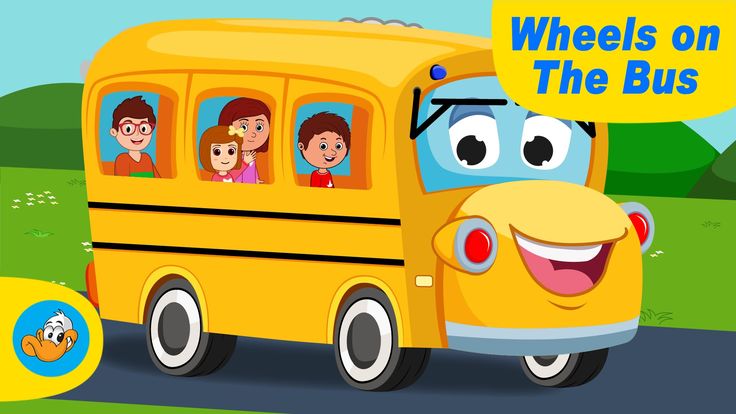
Education Portal
The education portal is a directory of colleges, career schools, and universities that may be useful for prospective students who are trying to decide which school to attend.
Back to Top
‘Wheels on the Bus’: what are the lyrics and who wrote the nursery rhyme?
2 August 2021, 12:46
The full history and lyrics of 'Wheels on the Bus'. Picture: AlamyBy Rosie Pentreath
@rosiepentreath
We explore the history, origins and lyrics of the popular 1930s American folk song for children.
‘Wheels on the Bus’ is a popular nursery rhyme, telling of the various aspects of a bus trip.
From the ‘round and round’ turn of the wheels and ‘swish swish swish’ of the windscreen wipers, to the ‘beep beep beep’ of the horn, the song evokes for attentive children all the separate elements they may experience riding a bus through town.
There are dance moves kids can learn too.
But who wrote the popular rhyme, and what are the origins of the provokingly catchy song?
Join us as we take a ride through the song’s history…
Read more: The surprising musical origins of ‘Humpty Dumpty Sat on a Wall’
Who wrote ‘Wheels on the Bus’?
‘Wheels on the Bus’ is attributed to Verna Hills, and was published in 1939.
It is an American folk song for children, popular in America, Canada, the UK and Australia, designed to keep young ones amused on long bus rides.
It has a cheerful, rhythmic melody that’s repeated again and again, and used throughout several verses – the final of which sees parents saying “shh, shh, shh”. You’ve got to applaud the ingenuity of the device being utilised there... *chuckles*.
The melody is closely based on the similarly rhythmic and repetitive British children’s song, ‘Here we go Round the Mulberry Bush’.
What is the history of the popular children’s song?
The song was published in Milton Bradley’s volume 25 of primary school teachers’ magazine, American Childhood in 1939, attributed to Verna Hills of Boston, Massachusetts.
The song has remained popular and has been translated into several languages.
The words of ‘Wheels on the Bus’ have also been adapted into new musical versions – including by Canadian children’s entertainer Raffi, who set it to the tune of the traditional American song ‘Buffalo Gals’, and by Madonna impersonator Mad Donna, AKA Michelle Chappel, who sampled a Madonna song behind it to make a 2002 hit single.
Read more: ‘Old MacDonald Had a Farm’ in the style of Beethoven is a stroke of genius
What are the lyrics to ‘Wheels on the Bus’?
The wheels on the bus go round and round
Round and round
Round and round
The wheels on the bus go round and round
All ‘round the town
The wipers on the bus go swish, swish, swish
Swish, swish, swish
Swish, swish, swish
The wipers on the bus go swish, swish, swish
All ‘round the town
The driver on the bus goes ‘move on back’
Move on back
Move on back
The driver on the bus goes ‘move on back’
All ‘round the town
The people on the bus go up and down
Up and down
Up and down
The people on the bus go up and down
All ‘round the town
The horn on the bus goes beep, beep, beep
Beep, beep, beep
Beep, beep, beep
The horn on the bus goes beep, beep, beep
All ‘round the town
The baby on the bus goes 'whaa whaa whaa'
whaa whaa whaa
whaa whaa whaa
The baby on the bus goes ‘whaa whaa whaa’
All ‘round the town
The parents on the bus go ‘shh, shh, shh’
Shh, shh, shh
Shh, shh, shh
The parents on the bus go ‘shh, shh, shh’
All ‘round the town
%d0%ba%d0%be%d0%bb%d0%b5%d1%81%d0%b0 d0%b1%d1%83%d1%81%d0%b5 %d0%b8%d0%b4%d1%83%d1%82%d0%ba%d1%80%d1%83%d0%b3%d0% bb%d1%8b%d0%b9 %d0%b8 %d0%ba%d1%80%d1%83%d0%b3%d0%bb%d1%8b%d0%b5 (0 PNG background)
-
wreath png image
Wreath PNG
-
coffee png image
coffee png
-
wood png image
summer png
-
vacation png image
vacation png
-
flower design png image
flower design png
-
calendar png image
Calendar PNG
-
calendar png image
Calendar PNG
-
summer vacation png
summer vacation png
-
summer beach png
beach png
-
beach png image
vacation png
-
logo png image
logo png
-
beach png image
beach png
-
sangria png image
sangria png
-
calendar png image
Calendar PNG
-
school png image
education png
-
book png image
book png
-
University Flowering Pot Plants 2 PNG Image
university png
-
sea png image
vacation png
-
holiday png image
holiday png
Long-distance bus seating arrangements
November 21
Excursion tourism seems to be specially designed for bus tours. Today, this type of travel is becoming increasingly popular. Comfortable long-distance buses allow you to enjoy the pleasure of learning new things while traveling. Such transport differs significantly from city buses.
Today, this type of travel is becoming increasingly popular. Comfortable long-distance buses allow you to enjoy the pleasure of learning new things while traveling. Such transport differs significantly from city buses.
Long-distance buses are equipped with special soft seats with reclining backrests and armrests. They have a cavity for carrying passengers' goods, including shelves above the seats and a large space under the floor of the passenger compartment. The cabin itself may not only have a chemical toilet, but also a cold and hot water dispenser, a mini-fridge, a TV screen and other devices in order to make the trip comfortable.
When choosing a bus for a long sightseeing tour, you must take into account all these features and ask in advance how comfortable you will be on the road. Another important point is the safe location in the cabin of the ADS. When buying a ticket, the seats belong to the passengers in the same way as on the train, so it will not be possible to change them in the future.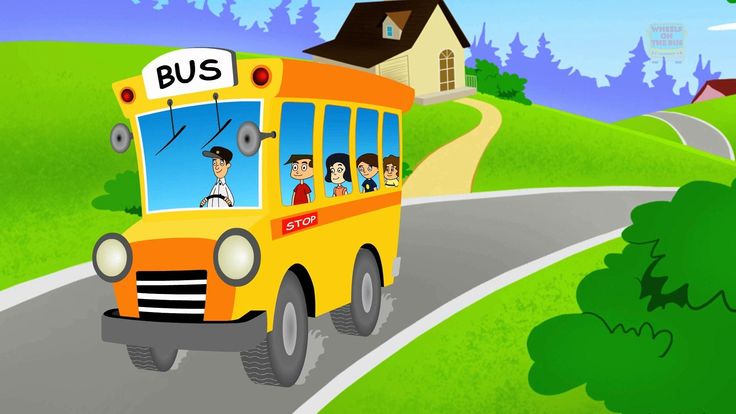 The seating arrangement varies from bus to bus.
The seating arrangement varies from bus to bus.
Long-distance buses are a popular mode of transport, so many different modifications of such vehicles are produced. In addition, the carrier has the right to independently equip the ADS cabin at its own discretion. Therefore, even buses produced at the same factory at the same time may differ in both the number of seats and their location.
In particular, the MAN special tourist bus in the standard model is designed to accommodate 59seats, and the numbering starts from the first seat and from the right row. However, the MAN Lion's Coach R 08 modification has only 49 seats, while the number one has a seat in the second row on the right. The first seats from the door are not numbered, as a result of which the latter receive numbers 47 and 49.
The location of the seats on the Man Lions Coach R 08 The location of the seats on the Man
Such differences can be found in buses of all brands. For example, a small Mercedes 22360C is designed for 20 seats, and the numbering order is confused. The first places 1 and 2 are located behind the driver, and the places next to him are numbered 19 and 20. Further rows are numbered from right to left. Another bus from the same manufacturer, Mersedes-Benz 0303, is numbered from left to right and can accommodate 45 seated passengers.
For example, a small Mercedes 22360C is designed for 20 seats, and the numbering order is confused. The first places 1 and 2 are located behind the driver, and the places next to him are numbered 19 and 20. Further rows are numbered from right to left. Another bus from the same manufacturer, Mersedes-Benz 0303, is numbered from left to right and can accommodate 45 seated passengers.
The location of the seats in the location of the seats on the bus Mersedes-Benz 0303
Mersedes-223605
bus to change the location of the seats and the carrier can also be equipped, for example, remove several chairs, add an enemy, and free up the office room. Depending on such innovations, the number and sometimes the location of passenger seats will change. Therefore, when buying a ticket, you must carefully study the real scheme of the bus by asking the carrier for it.
Where is the safest place to sit on a long-distance bus?
Driving safety is not the same for passengers who occupy different seats on the bus. The same thing happens in passenger cars, where the safest place is considered to be behind the driver, and the most at risk is next to him. When buying tickets for ADS, you should look for a ticket for a seat located in the most secure area of the bus.
The same thing happens in passenger cars, where the safest place is considered to be behind the driver, and the most at risk is next to him. When buying tickets for ADS, you should look for a ticket for a seat located in the most secure area of the bus.
Here are some tips for bus safety:
- The safest place is just behind the driver's seat. It is believed that in the event of a danger, the driver will subconsciously try to protect himself, respectively, the opposite side gets hit the fastest.
- The most comfortable and quiet places with a good level of security are located in the center of the cabin. This zone remains the most intact both in a frontal impact and in a rear-end collision. Even in the event of a side impact, the impact can hit the rear, bypassing the middle.
- Seats on the right side of the aisle rather than a window are considered safer than those on the left.
It is also useful to inquire about the safety of the passenger seats themselves.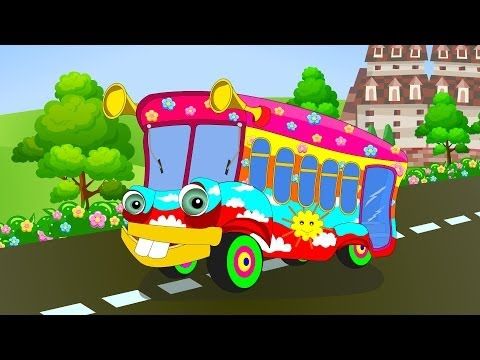 The safety rules in the cabin of the aircraft also apply to the bus: do not walk around the cabin while driving, especially during maneuvers, in case of shaking or a dangerous situation, you must lean forward and hide your head on your knees.
The safety rules in the cabin of the aircraft also apply to the bus: do not walk around the cabin while driving, especially during maneuvers, in case of shaking or a dangerous situation, you must lean forward and hide your head on your knees.
Where better not to take the bus
This information has not been confirmed by special scientific studies, but there are several types of seats where passengers really do not like to sit:
- The last row of seats is notorious. This prejudice is quite logical, since the smell of burning and exhaust gases is stronger here. The tail of the cabin shifts more from side to side when moving and turning, it is more motion sick here. When braking hard, you can fall into the aisle.
- The first row from the entrance and just behind the driver is also not popular. In a frontal impact, this part of the cabin suffers the most.
When choosing a ticket, ask if the seats recline.